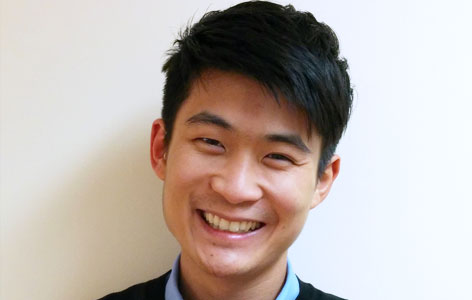
Conference: American Spinal Injury Association 2017 Annual Scientific Meeting, April 26-29, 2017, Albuquerque, New Mexico, USA.
Conference Highlight: The 2017 American Spinal Injury Association (ASIA) conference provided a vast spectrum of topics in spinal cord injury that spans the continuum of novel research, care, and rehabilitation.
Conference Article: The American Spinal Injury Association 2017 Annual Scientific Meeting provided an excellent opportunity for making connections with the world’s leading experts in the field of spinal cord injury. The conference began with pre-conference courses on Pediatric Spinal Cord Injury and Urology. One highlight of this event was a keynote lecture on diaphragm pacing in children with spinal cord injury. This is a process in which electrical stimulation is applied to the diaphragm to simulate breathing. This method has been shown to be more effective than a traditional breathing apparatus, as it allows patients to breath on their own and eliminates complications that are associated with the breathing apparatus. Similarly, functional and therapeutic electrical stimulation has also shown promising results on improving functional recovery of movement in the lower limb in children, as well as aiding in urological applications in adults.
Furthermore, interesting work on a computerized clinical measure was presented. This assessment tool consists of an algorithm that adjusts the questions based on the previous answers, thus eliminating any questions that are not relevant to the patient’s level of injury. The conference also explored social topics, such as accessibility issues during vacation, and controversial topics, including physician-assisted dying. Beyond traditional scientific lectures, the conference also provided an opportunity for young investors to present their work though poster sessions and short presentations. A session on award-nominated abstracts included work on a wearable computer vision system for upper extremity assessment, from the Adaptive Neurorehabilitation Systems Lab at TRI. The location of the conference, Albuquerque, NM, provided an opportunity for attendees to learn about the rich cultural heritage of the indigenous peoples of the Americas, as well as the history of New Mexico.




